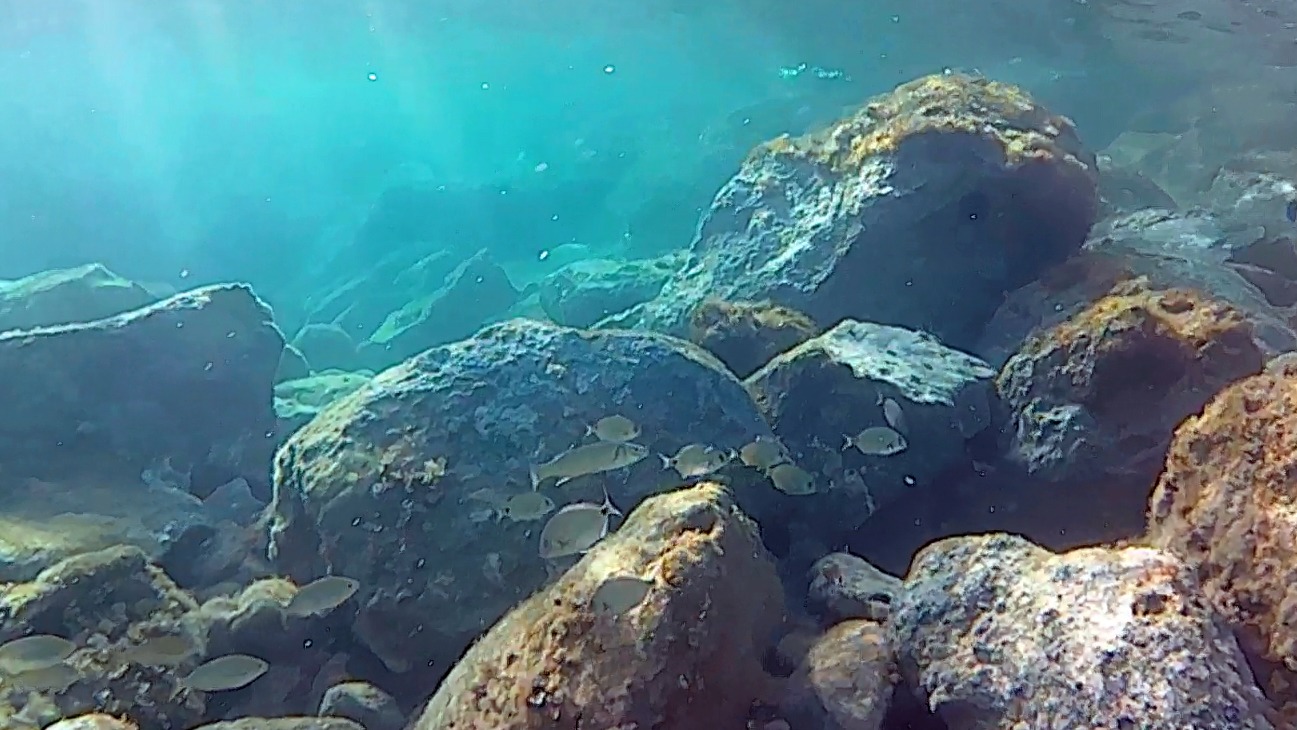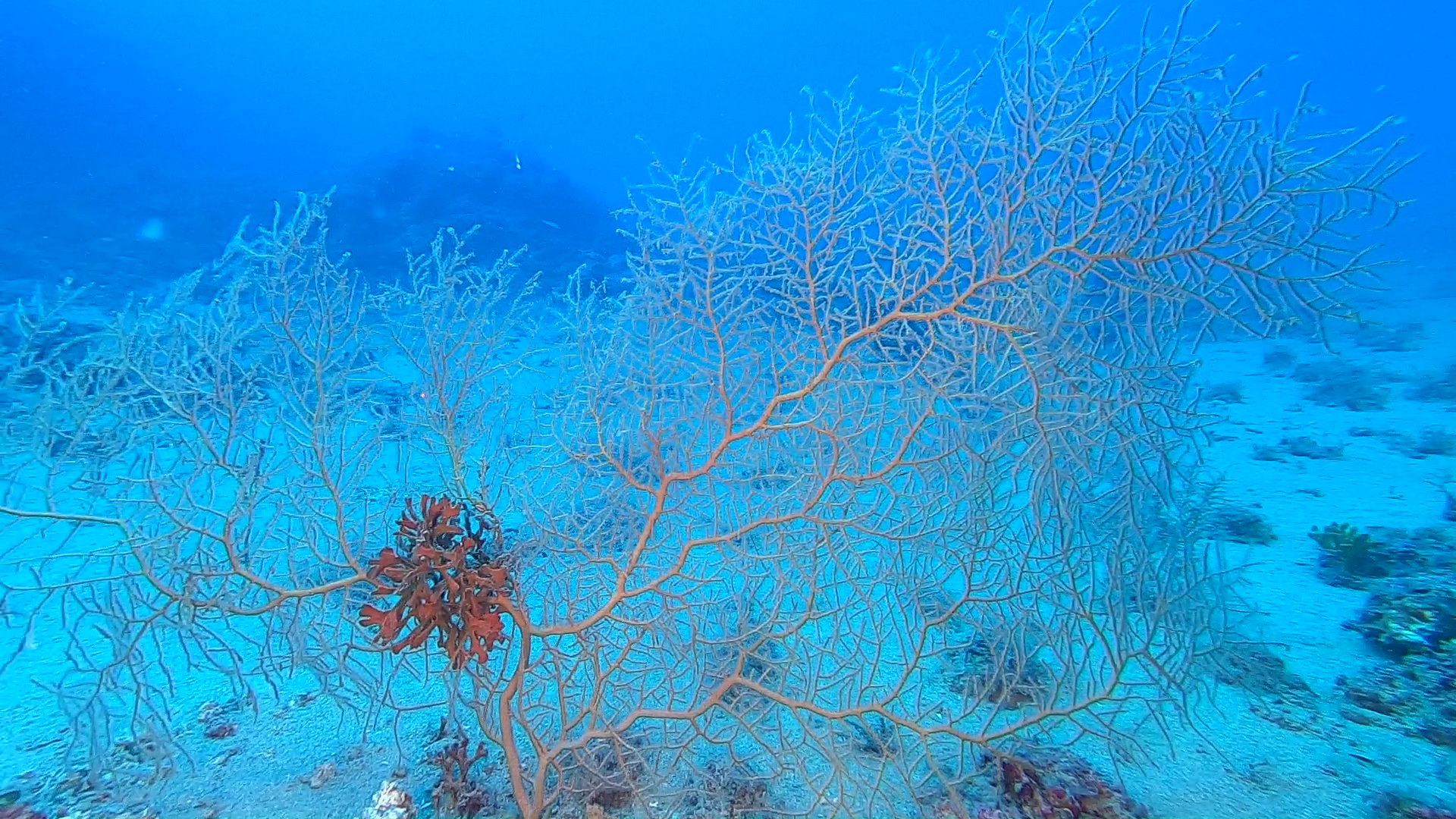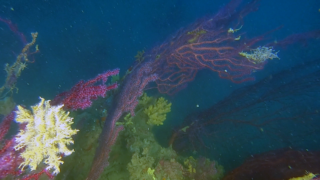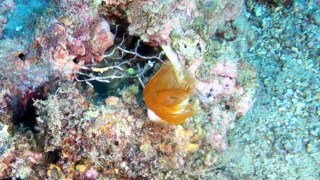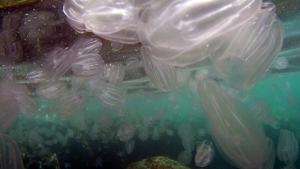We continue doing snorkeling along the rocky coasts of the high Tyrrhenian Sea or the Low Ligurian Sea, meeting the Dicentrarchus labrax, most commonly called European Bass. It is easy during summer to meet him among bathers, often along with specimens of the same species, moronidae or even, as in this case, fish of the sparidae species, that often bark attacks as a fierce predator. Snorkeling Branzino o Spigola IntotheBlue.it
The European Bass is a strictly coastal species (occasionally it can be up to a hundred meters deep) that populates environments of all kinds near the shore, both with hard and sandy backdrops. Being very eurialine penetrates regularly, especially in summer, in salty waters of lagoons.
Dicentrarchus labrax (Linnaeus, 1758) commonly known as sea bass, is a marine and brackish water bony fish of the Moronidae family. Snorkeling Branzino o Spigola IntotheBlue.it
Etymology
The name “branzino” could derive from the Venetian frongina caghina (chela) or gills (the fish with visible gills), while the name “sea bass” comes from “spiga” referring to the tips of the rays of the dorsal fins.
Distribution and habitat
The sea bass or sea bass is widespread in the temperate and subtropical north-eastern Atlantic from Norway to Senegal, in the Mediterranean Sea, where it is common, and in the Black Sea. It is not present in the White Sea, the Barents Sea, the Baltic Sea and the Caspian Sea. . In the northern part of the range it migrates to deeper waters in winter.
It is a strictly coastal species (occasionally it can be found up to a hundred meters deep) that populates all types of environments near the shore, both with hard and sandy bottoms. Being very euryhaline it penetrates regularly, especially in summer, in the brackish waters of lagoons and mouths. It can not infrequently reach completely fresh waters. It has demersal habits. The juveniles are stationed mainly in brackish waters.
https://it.wikipedia.org/wiki/Dicentrarchus_labrax
 English
English Italiano
Italiano
